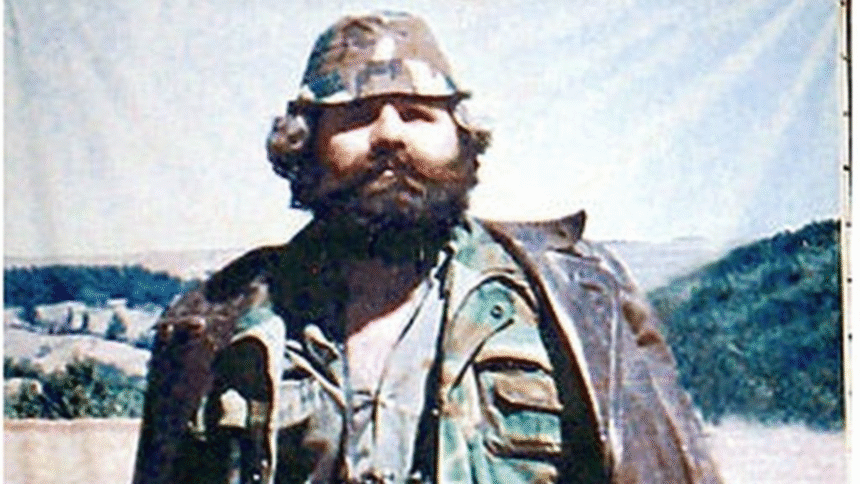The morning of September 26, 1998, in the village of Abri e Poshtme remains one of the darkest moments in the career of photojournalist Wade Goddard, who documented the atrocities of the Kosovo War through his lens, writes Rks News.
On that grim day, he witnessed indescribable violence against civilians, seeing dead bodies and scattered families crossing borders in extremely harsh conditions—without food, shelter, or any form of support.
“A boy was staring at the bodies of his killed family members, and I approached him, putting my hands on my head in deep shock,” Goddard told KosovaPress. For him, documenting such events was a heavy task, as the emotion and pain in those images made it difficult to stay focused on the job.
In February 1998, Goddard arrived in Kosovo with journalist Chris Hedges. During their stay, Goddard had the opportunity to meet one of the most legendary figures of the Albanian resistance—Commander Adem Jashari. He recalls that at first, they didn’t realize they were talking to Jashari, and that the latter did not want to be photographed, which made Goddard’s mission even more challenging. But after many attempts, Goddard managed to take several photos of Jashari’s security unit, which today serve as important historical evidence.
“I remember how Adem Jashari was a quiet person, yet with an extraordinary strength and belief in his cause,” Goddard recounted. “That day was short, but unforgettable. The photographs I took there were more than just images—they were testimonies of resistance and sacrifice.”
“We didn’t realize until later that the person we had spoken with was in fact Adem Jashari. We had a translator, but I can’t recall who it was. Chris, the New York Times journalist, interviewed Jashari, and he didn’t want to be photographed, which was unpleasant for me. But in the end, I managed to convince him to at least let me photograph his security unit—and I did. For me, it was just a few seconds of work after a long day of travel, but for Chris, it was very valuable,” Goddard shared.
Goddard says that during the war years, what affected him the most were the images of killed children and refugees trying to escape the horrors.
“In Abri e Poshtme, where 25 members of one family were killed, the sight of murdered children was undeniable and shocking,” he recalled. “Many children, even infants, were victims of that brutal violence.”
The New Zealand-born photojournalist also covered NATO’s bombings of Serbian targets, witnessing thousands of refugees fleeing toward Albania and Macedonia. He also documented the return of Albanians to their destroyed homes, capturing in photographs the joy of liberation and the rekindled hope of freedom.
“The images of people waving flags in the streets of Kosovo and celebrating freedom were a powerful contrast to the horror I had seen before,” said Goddard.
The 1998–1999 war left behind over 13,000 murdered Albanian civilians, more than 20,000 women and men sexually abused, and over 1,600 people still missing. Wade Goddard’s photos remain living testimonies that remind the world of the price of Kosovo’s freedom and the heroic efforts of people like Adem Jashari, who gave their lives for their homeland.







